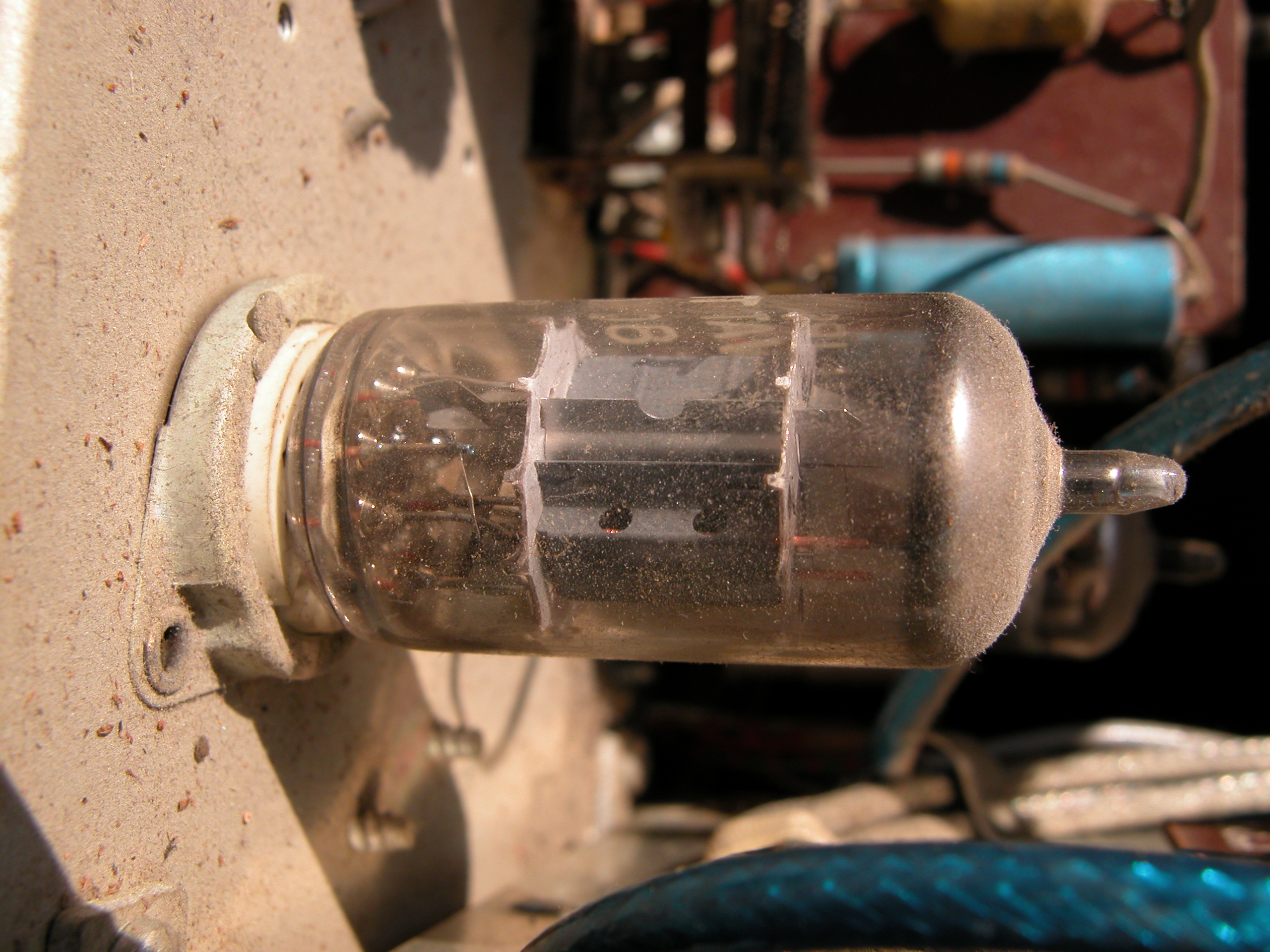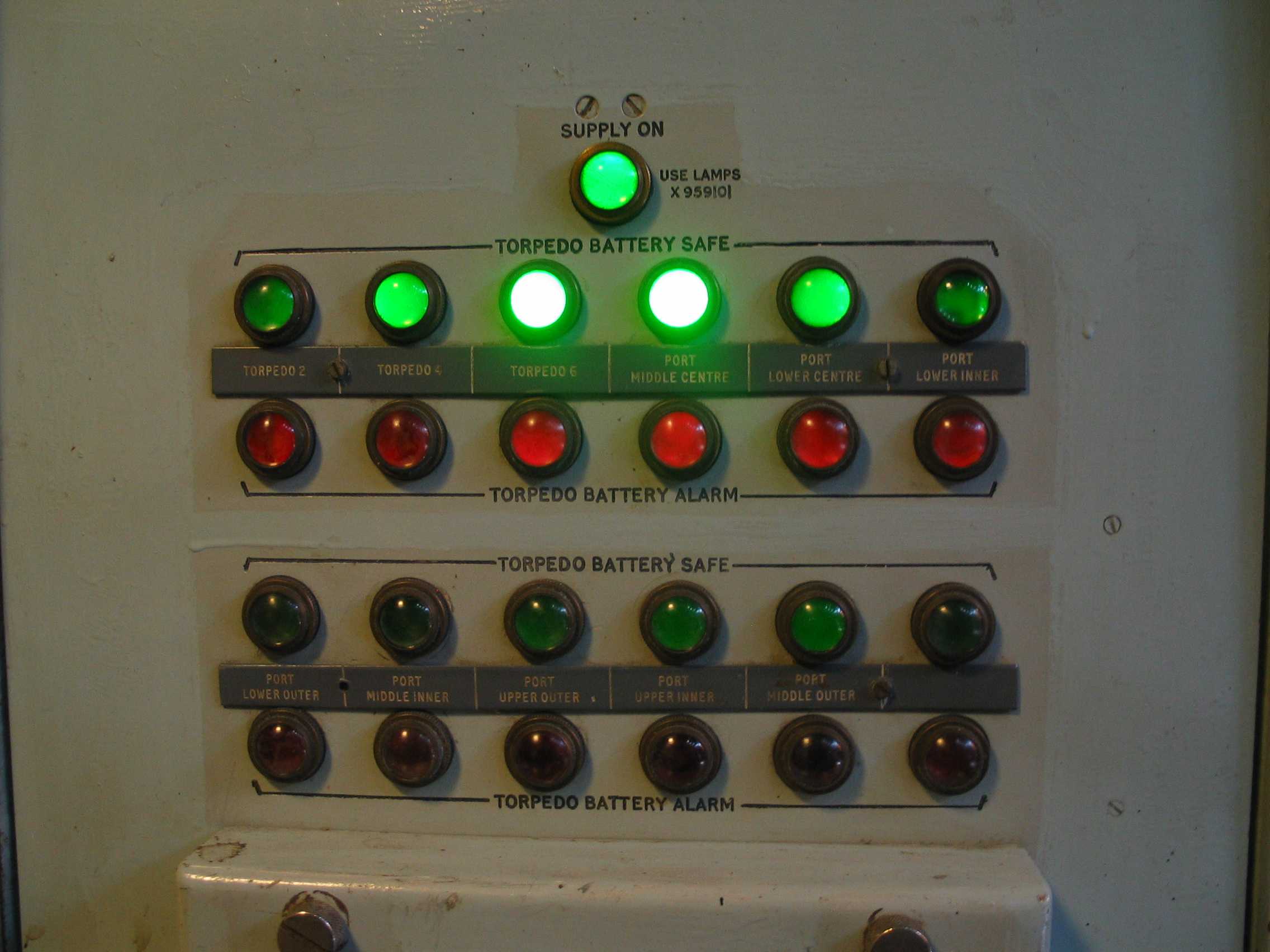As the outdoor LED advertising display market in first-tier cities has gradually become saturated, how the video advertising media market will develop in the future has become the focus of many LED display manufacturers’ close attention. LED transparent screen implementation principle LED transparent screen is a micro-innovation of the light bar screen. It has made targeted improvements to the patch manufacturing process, lamp bead packaging, and control system. In addition, the structure of the hollow design reduces the number of structural components. Blocking the line of sight maximizes the perspective effect. At the same time, it also has a novel and unique display effect. The audience stands at an ideal distance to watch, and the picture seems to be suspended on the glass curtain wall. The emergence of transparent LED transparent screens has expanded the application territory of LED displays to the two major markets of architectural glass curtain walls and commercial retail windows, which has become a new trend in the development of new media. The report “Transparent Display Technology and Market Outlook” published by Displaybank in 2012 boldly predicted that by 2025, the market value of transparent display would be about 87.2 billion US dollars.
the
So what are the technical advantages of transparent LED displays in the architectural media field? the
1. What is a transparent LED display? the
As the name suggests, the transparent LED display means that the LED display has the property of transmitting light like glass. Its implementation principle is the micro-innovation of the light bar screen, and targeted improvements have been made to the SMT manufacturing process, lamp bead packaging, and control system. In addition, the structure of the hollow design reduces the blockage of the structural components to the line of sight. , which maximizes the perspective effect. the
At the same time, it also has a novel and unique display effect. The audience stands at an ideal distance to watch, and the picture seems to be suspended above the glass curtain wall. LED transparent screens expand the application of LED displays to the two major markets of architectural glass curtain walls and commercial retail windows, which has become a new trend in the development of new media. the
Transparent LED display is a new type of ultra-transparent LED display technology. It has a transmittance of 70%-95%, and the thickness of the panel is only 10mm. The LED unit panel can be installed close to the glass from behind the glass, and the unit size can be adjusted. Customized according to the size of the glass, the impact on the lighting perspective of the glass curtain wall is also small, and it is convenient for installation and maintenance. the
2. The Background of the Birth of Transparent LED Display
Along with the flood of LED display screens for outdoor advertising, there are a series of negative problems, including the image of the city. The LED display screen can indeed play the role of brightening the city and releasing information when it is working, but it seems to be a “scar” of the city when it is “resting”, which is out of tune with the surrounding environment and greatly affects the beauty of the city. , spoiling the cityscape. the
Due to the emergence of these problems, the approval for the installation of outdoor large screens has become more and more cumbersome, and the management of outdoor advertising has become more and more stringent. the
The transparent led display not only integrates all the advantages of the conventional outdoor high-definition led display, but also eliminates the aesthetic problems of the city to the greatest extent. Because it is mostly installed behind the glass curtain wall, even when it is not working during the day, it will not have any impact on the surrounding environment. At the same time, because it adopts a new form of indoor advertising outdoor communication, it can well avoid the approval of outdoor advertising. the
In addition, with the acceleration of urban construction, high-end and high-grade building materials such as glass curtain walls have gradually become popular. Transparent screens are characterized by their lightness, thinness, no steel frame structure, easy installation and maintenance, and good permeability. It can be said to hit it off with the glass curtain wall. Not only does it have no sense of disobedience when applied to the glass curtain wall, but also because it is fashionable, beautiful, modern and technological, it adds a special aesthetic feeling to urban buildings. Therefore, the LED transparent screen has won the unanimous approval of everyone in the market, and has received widespread attention and enthusiasm. the
3. Characteristics of transparent led display
(1) The high transparency effect has a very high perspective rate, with a permeability rate of 70%-95%, which ensures the lighting requirements and viewing angle range of lighting structures such as between floors, glass facades, windows, etc., and ensures the original glass curtain wall. Some lighting perspective function. the
(2) It does not take up space and is light in weight. The thickness of the main board is only 10mm, and the general weight of the display screen is only 12Kg/㎡. It is directly fixed on the glass curtain wall without changing the building structure. th
 (3) There is no need for a steel frame structure, which saves a lot of installation and maintenance costs. Directly fixed on the glass curtain wall without any steel frame structure, saving a lot of cos
(3) There is no need for a steel frame structure, which saves a lot of installation and maintenance costs. Directly fixed on the glass curtain wall without any steel frame structure, saving a lot of cos
(4) Unique display effect Because the display background is transparent, it can make the advertising screen appear to be floating on the glass curtain wall, which has a good advertising effect and artistic effect. th
(5) Convenient and fast maintenance. Indoor maintenance is fast and safe, saving manpower and material resources. th
(6) Energy saving and environmental protection do not require traditional refrigeration systems and air conditioners to dissipate heat, saving energy by more than 30% compared with ordinary LED displays
4. Five problems that need to be solved for transparent led displa
(1) Dilemma between transparency and dot spacing Judging from several products currently on the market, the highest transparency of transparent screens has reached 85%, and the minimum dot spacing is 3mm. For transparent screens, has its transparency and dot spacing reached the limit? In fact, it is not, because the PCB board, the driver IC, and the lamp beads themselves are opaque. If the dot spacing is made smaller, it will inevitably be at the cost of losing a part of the transparency, and the high transparency happens to be transparent. The biggest advantage of the screen; and the price of improving the transparency is the expansion of the dot pitch, which affects the clarity and display effect of its picture. Therefore, this is a dilemma. th
(2) After-sales service, product maintenance convenience and product reliability. First of all, the side-emitting LED lamp beads used in transparent LED displays on the market are not very versatile, poor in consistency and stability, resulting in high production costs and troublesome after-sales services. Secondly, there are many customized products in the market, and the quantity is small, and it is difficult to mass-produce, which is also an important reason for the high cost of LED transparent screens. Left picture: perspective effect when the screen is not bright; middle picture and right picture: effect when the screen is playing advertisement
(3) How to achieve “true transparency” The so-called “true transparency” means that the transparent screen must be truly integrated with the glass structure. th
(4) The problem of standardization and customization Standardization can reduce costs, and customization can make transparent screens and buildings achieve a high degree of harmony
(5) The problem of light transmission on the back of the transparent screen When playing advertisements on this kind of screen, when designing the content of the advertisement, it is necessary to remove the unnecessary background color and replace it with black, and only display the content that needs to be expressed. When the black part does not emit light, it is a transparent effect. This playback method can greatly reduce light pollution. th
5. Application Potential of Transparent LED Display Marke
The new transparent LED display has opened up a new application field and has broad market prospects. It is especially suitable for the field of “architectural media”. It caters to the needs of an emerging market and successfully creates a high-quality outdoor media resource. According to statistics, the total area of China’s modern glass curtain walls has exceeded 70 million square meters, mainly concentrated in urban areas. Such a huge stock of glass curtain walls is a huge potential market for outdoor media advertising. The advertising value of this market has not yet Being fully developed, glass curtain wall is a new blue ocean field under the condition that urban outdoor advertising resources are increasingly exhausted. The scope of this field is very wide, such as urban landmark buildings, municipal buildings, airports, automobile 4S stores, hotels, banks, chain stores and other glass curtain wall buildings with advertising commercial value.

 Weatherproof Enclosures:
Weatherproof Enclosures: Check Power Supply:
Check Power Supply: Indoor LED screens enable hotels and resorts to deliver personalized experiences to guests through targeted messaging, customized content, and interactive features. By collecting guest data and preferences, hotels can tailor content displayed on LED screens to match guests’ interests, preferences, and demographics, enhancing relevance and engagement. Interactive touchscreen displays allow guests to access personalized recommendations, make reservations, and customize their experiences according to their preferences.
Indoor LED screens enable hotels and resorts to deliver personalized experiences to guests through targeted messaging, customized content, and interactive features. By collecting guest data and preferences, hotels can tailor content displayed on LED screens to match guests’ interests, preferences, and demographics, enhancing relevance and engagement. Interactive touchscreen displays allow guests to access personalized recommendations, make reservations, and customize their experiences according to their preferences. The process begins with an initial consultation between the client and the LED display manufacturer. During this phase, the client discusses their specific requirements, objectives, and vision for the custom LED display. This may include factors such as display size, shape, resolution, viewing distance, content requirements, and budget considerations.
The process begins with an initial consultation between the client and the LED display manufacturer. During this phase, the client discusses their specific requirements, objectives, and vision for the custom LED display. This may include factors such as display size, shape, resolution, viewing distance, content requirements, and budget considerations. (3) There is no need for a steel frame structure, which saves a lot of installation and maintenance costs. Directly fixed on the glass curtain wall without any steel frame structure, saving a lot of cos
(3) There is no need for a steel frame structure, which saves a lot of installation and maintenance costs. Directly fixed on the glass curtain wall without any steel frame structure, saving a lot of cos At present, there are still many places to be continuously improved in this LEDs, especially its energy efficiency is only 1% at present, which is far lower than the 25-30% of commercially available LEDs. But as Der-Hsien Lien, a postdoctoral researcher in his research team, said: “The material is quite thin and elastic, so it can be made transparent and applied to curved surfaces.” Transparent displays have become a new goal in the scientific and technological community, and the results of this study will have considerable impact.
At present, there are still many places to be continuously improved in this LEDs, especially its energy efficiency is only 1% at present, which is far lower than the 25-30% of commercially available LEDs. But as Der-Hsien Lien, a postdoctoral researcher in his research team, said: “The material is quite thin and elastic, so it can be made transparent and applied to curved surfaces.” Transparent displays have become a new goal in the scientific and technological community, and the results of this study will have considerable impact.